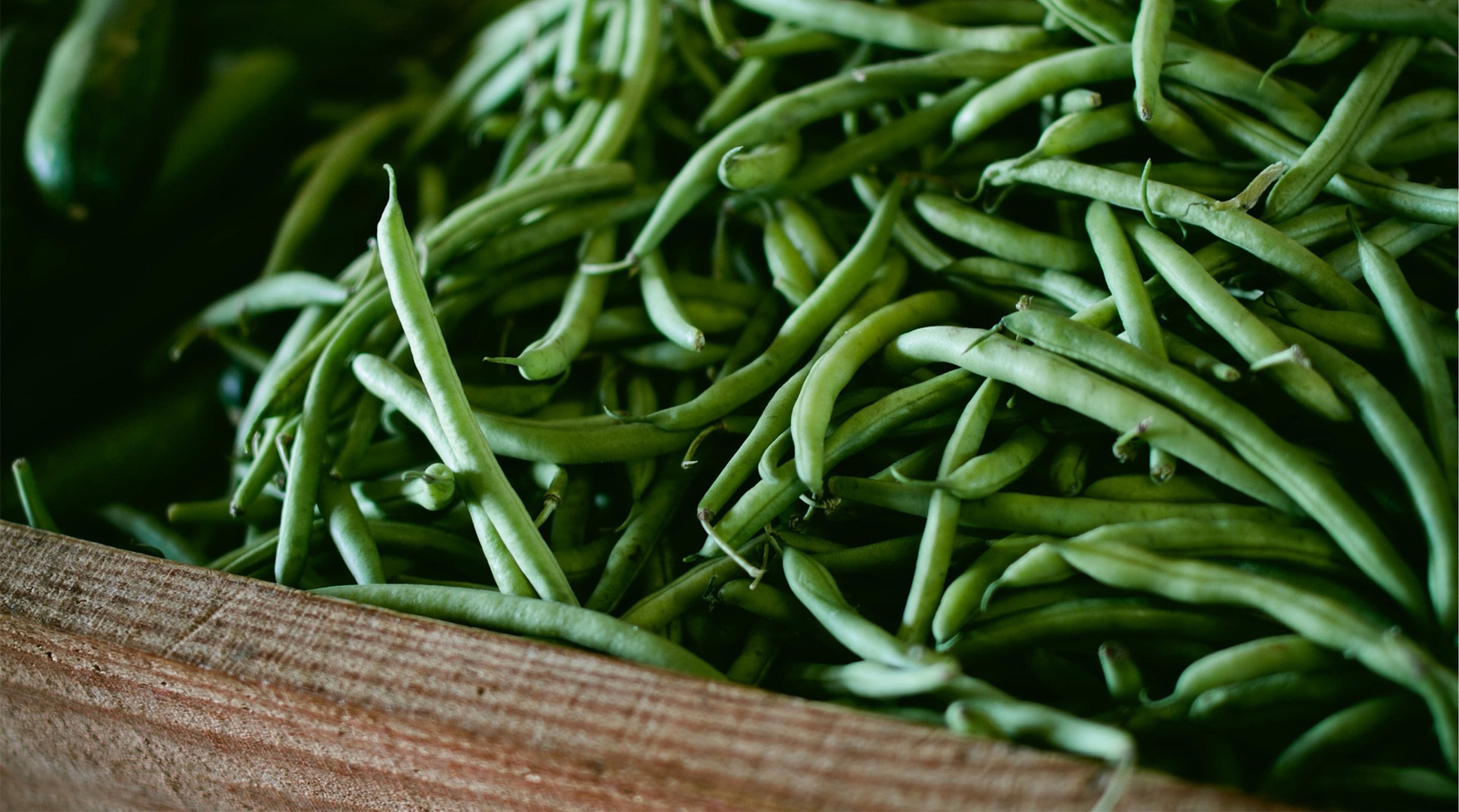Photo courtesy Free Photos on Pixabay
By Elizabeth Meyer, RD, LRD
Lectins: one of the latest “trends” in nutrition. Are they good? Are they bad? Can we safely eat them? What are they? Where do we find them?
As a dietitian (who has been very honest that I don’t eat perfectly) it’s really hard for me to classify foods as either “good” or “bad.” I don’t like labeling things like that. It doesn’t feel very helpful in most situations. If I tell you something is “bad” you feel guilty eating it, can’t enjoy it, or maybe even want it more now that I’ve deemed it unhealthy. Rebels! How do I define “good” - does that mean it’s healthy? Or that it just simply tastes good?
Lectins are becoming a bit of a buzzword in nutrition. Most people may not even know what lectins are. I certainly am not thinking about them daily. Nor am I concerned I’m eating a diet too high in them.
Here’s a little low down:
Lectins are naturally occurring proteins found in plant foods (plant foods are good for us!!!). They serve as a protective function for plants when they are growing, and don’t have any nutritional value. Beans, peanuts, lentils, tomatoes, potatoes, eggplant, fruits, and wheat and other grains are higher in lectins. Everything that I’ve learned says that these foods are good for us. A lot of legit research tells us that a diet rich in plant foods is good for us.
Can you consume too many lectins? Likely not. There is some research that says consuming too many lectins could have negative health benefits BUT most us aren’t consuming an unsafe amount. Lectins are sometimes considered “antinutrients” because they are resistant to digestion. It’s possible this could interfere with digestion of vitamins, minerals and certain proteins. So are we really getting the nutrition we think we are? We’re unsure. Cooking your beans and veggies can reduce the lectin content. Luckily, we typically aren’t eating uncooked beans.
Foods containing lectins are found in foods that we should be including in our diet daily. For most of us, there shouldn’t be any fear you’re consuming a diet too high in lectins.
Different foods effect all of us differently. If something doesn’t make you feel good you could try eliminating it for a few weeks to see if symptoms improve. If you are concerned, make an appointment with a Registered Dietitian who can assess your overall diet and see if there are places you’re falling short, along with areas you’re doing okay in. (Dietitians aren’t only there to shame you, I swear). Balance is key. We need to be including a wide variety of foods to consider our diets to be healthy. That doesn’t mean we can’t sneak a treat in on occasion.
Elizabeth is a registered dietitian and wellness education specialist at Blue Cross Blue Shield of North Dakota. She blogs for OYT once a month.
